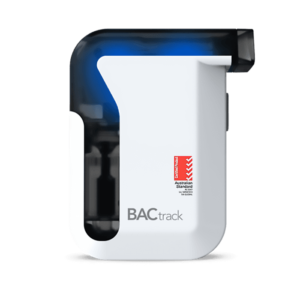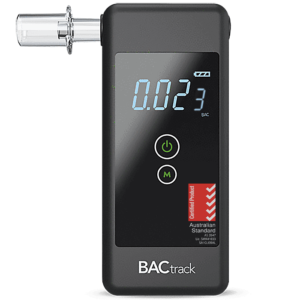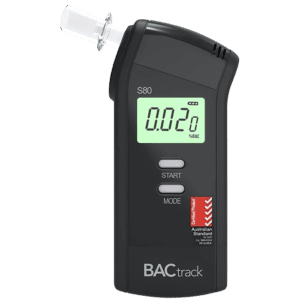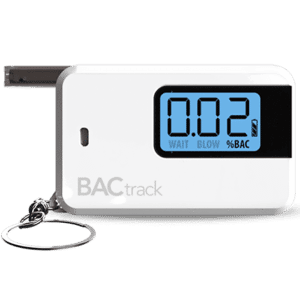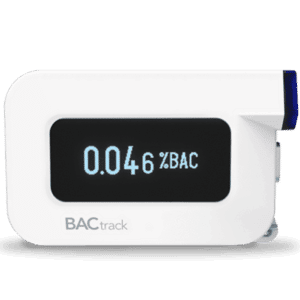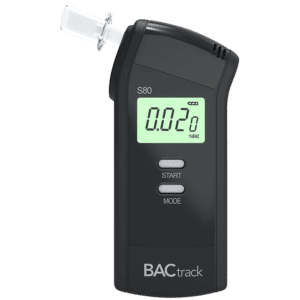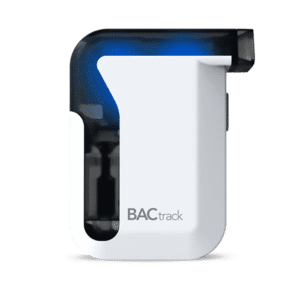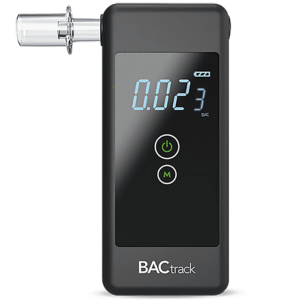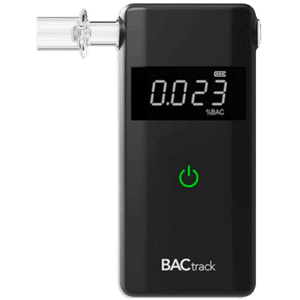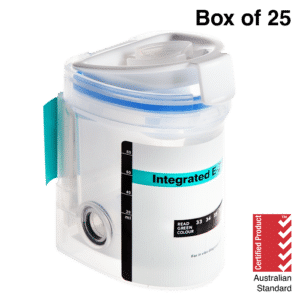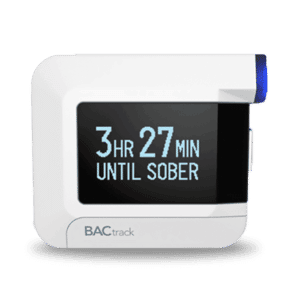Drug And Alcohol Testing Training: Requirements And The Types Of Specimens For Testing
18 April, 2024

Drug and alcohol testing training plays a vital role in ensuring accurate toxicology testing. It is a requirement for individuals to work in the drug testing industry, medical, or workplace settings. The programs cover how to collect and handle biological specimens and analysis. Individuals also learn the basics of different drug classes and their effects. Moreover, getting qualified testing personnel helps employers comply with legislative requirements. It includes using accredited drug and alcohol testing services, equipment, and procedures.
Substance abuse is a significant issue in workplaces and healthcare settings. It often leads to long-term health issues and safety risks. Therefore, many organisations conduct drug and alcohol testing to combat the hazards of illicit substances. It is crucial to ensure they can fulfil their obligations to provide a safe workplace. This is where reliable and accurate testing providers come in. In this article, we will present an overview of alcohol and drug test training, legal requirements, and test processes.
Overview of Drug and Alcohol Testing Training
Drug and alcohol testing training is a program that teaches people how to conduct drugs of abuse testing in a legal, accurate, and ethical manner. It provides individuals with the necessary knowledge and skills to perform different test methods in various settings. In addition, it ensures that the testing procedures are in line with relevant laws and industry codes of practice.
The training typically covers a wide range of topics, including the effects of drugs and alcohol on the body and the symptoms of substance abuse. Furthermore, it teaches about the legal aspects of drug testing and the proper procedures for conducting tests. The program also helps participants to follow respectful communication about testing activities and outcomes in various industries.
The training course includes a classroom component and practical assessment. Students must pass both written and practical tests to achieve certification. Upon successful completion, certification can open career pathways, such as working in medical centres, large industrial sites, and other workplaces.
Importance of Training
- Training provides organisations with the necessary knowledge and skills to implement effective drug and alcohol programs.
- Proper training helps individuals ensure the test is accurate, ethical and compliant with relevant standards and laws.
- It helps students understand the legal aspects of alcohol and drug testing. They learn about federal laws and regulations for different industries. Likewise, they will learn the importance of privacy rights and confidentiality.
- Educates individuals on the proper procedures for collecting, handling, and storing samples to protect the integrity of the samples.
- Reduce company liability due to inaccurate results. False reports may lead to wrong decision-making.

Drug and Alcohol Testing Training – Compliance with Legislative Requirements
The emphasis on legal compliance is vital in drug and alcohol testing training. Companies must follow specific guidelines and criteria to conduct workplace testing. These guidelines and regulations may vary depending on the state and industry. It is especially critical in high-risk industries, like mining, construction, and transportation, where drug and alcohol testing is mandatory.
Firstly, employers must have a clear and comprehensive policy before conducting any test. It is a set of rules that outline the testing methods and the consequences of positive test results. The policy must adhere to the guidelines set by regulating bodies, such as the National Association of Testing Authorities (NATA) and Australian Standards. These bodies set the protocols for procedures for specimen collection and quantitation of drugs.
Secondly, all personnel must take regular refresher courses to stay up to date with the latest developments in drug and alcohol testing. It is essential for maintaining compliance with legislative requirements and ensuring that employees are knowledgeable about the procedures. Lastly, regular audits and reviews are important to ensure that the testing program is effective and meets the necessary standards.
Types of Testing Validated
There are several types of drugs of abuse testing methods that organisations can utilise to ensure a safe workplace environment. One of the commonly used methods is urine testing. This process involves providing a urine sample into drug test cups. Another type of test is oral fluid testing. Saliva samples can detect recent drug usage or alcohol consumption.
Workplace breath alcohol testing is the standard procedure for alcohol screening. It uses a breathalyser device to measure the Blood Alcohol Content (BAC). Furthermore, blood testing provides the most accurate results for detecting and measuring substances. It requires a qualified testing officer to collect the blood sample.

Drug and Alcohol Testing Training – Process and Equipment Used
Another crucial component in drug and alcohol testing training is the processes and equipment. Individuals learn to follow the chain of custody procedures and the use of different drug testing equipment types. Understanding the chain of custody helps track the specimen from collection to analysis. It involves proper documentation and storage.
Individuals learn how to handle testing devices and kits, such as urine test cups, oral fluid drug swab kits, and breathalysers. They must have accreditation according to the type of test. For example, urine drug tests follow the AS/NZS:4308 standards. Saliva testing adheres to AS/NZS:4760, while breath testing complies with AS/NZS:3547. Each type has specific cut-off levels and detection windows.
It is important to note that not all drug and alcohol testing equipment in the market has AS certification. Therefore, the drug screening results may differ. Individuals or organisations should use certified devices to ensure compliance with industry standards. Regular maintenance and recalibration are also essential to ensure accurate results.
Specimen Collection Requirements
The procedures for specimen collection involve a few key requirements. Foremost, labels are important to identify to whom the samples belong. It includes the name, date, location, and collector. It should also match the information on the accompanying submission form. Additionally, the testing or collection environment must be clean and hygienic.
Another important consideration is the tamper-evident container. It helps to avoid potential contamination or adulteration, maintaining the integrity of the test samples. Finally, proper collection techniques are vital to obtain the most accurate results. It also helps avoid any risks of infection and other health hazards.
Conclusion
In conclusion, drug and alcohol testing training is crucial for maintaining a safe and compliant workplace environment. It teaches individuals how to conduct drug and alcohol tests following the requirements of legislation and industry standards. It also covers the effects of drugs on the body and how to identify substance abuse. Upon completion, individuals will be certified to work in the drug and alcohol testing industry. This qualification ensures reliable testing services.
The training typically covers the common methods for testing drugs of abuse. It includes urine, oral fluid, blood, and alcohol breath tests. Each type has specific guidelines, including the use of testing equipment. Additionally, compliance with legal requirements is vital to ensure accurate results and avoid legal challenges. Organisations can have peace of mind and confidence when facilitating these tests. By investing in drug and alcohol testing, companies can create a safer and more productive work environment.


















